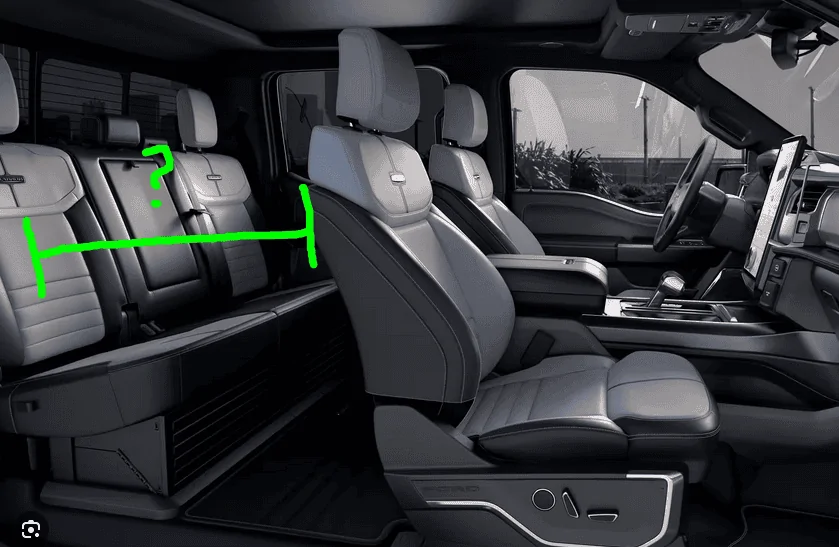RickLightning
Well-known member
Appreciate the information. My Wife and I don't have a solid timeline yet on when we're planning to buy our first EV, but it will likely be before the end of 2025. The Lincoln MKC we currently use doesn't really have enough room for us + dogs + suitcases + beach gear, which makes for uncomfortable trips (especially since we typically drive ~800 miles one way).
I have a spreadsheet where I've been tracking the upcoming EV Trucks, so we can make the best informed decision when the time comes. We're currently looking at: F-150 Lightning, RAM 1500 REV, Chevy Silverado EV, Rivian R1T and Cybertruck.
Biggest factor for us is comfort for us + dogs and the efficiency of the truck to reduce charge time, which I have calculated based on each truck (number of times we'd need to charge and how long each stop would take). Of course, I can only be so accurate since a couple of those trucks haven't been released yet.
You're creating a spreadsheet for vehicles today, but not planning on buying for 22 months? Much will have changed by then.100% agree with you on this. That's another reason why the Cybertruck has been higher on our list; they have a great charging network that extends to where both of our families live. Of course, Ford and Stellantis announcing they are picking up the Tesla charger format will help alleviate that issue; we'd just have to pay Tesla to use their network.
As to efficiency of charging time, an 800 mile drive will be two days. We've done many drives with our Mach-E, and soon with the Lightning, and 3 charging stops in a day, plus charging overnight at your destination, is about it. Around 500 miles gets you from 8AM to dinner time. Charging in 30 minutes or so each stop would seem to be ideal to exercise pets and clean up after them, then bathroom stops for yourself.
Picking up the Tesla charging port in 2025 is irrelevant, since this Spring we'll have an adapter and access to the Tesla SuperCharger network, over 15,000 of them. And, we won't pay Tesla a dime, we'll pay Ford and they'll pay Tesla. No different than a Ford in 2025 or 2026, except for the adapter.
Sponsored


